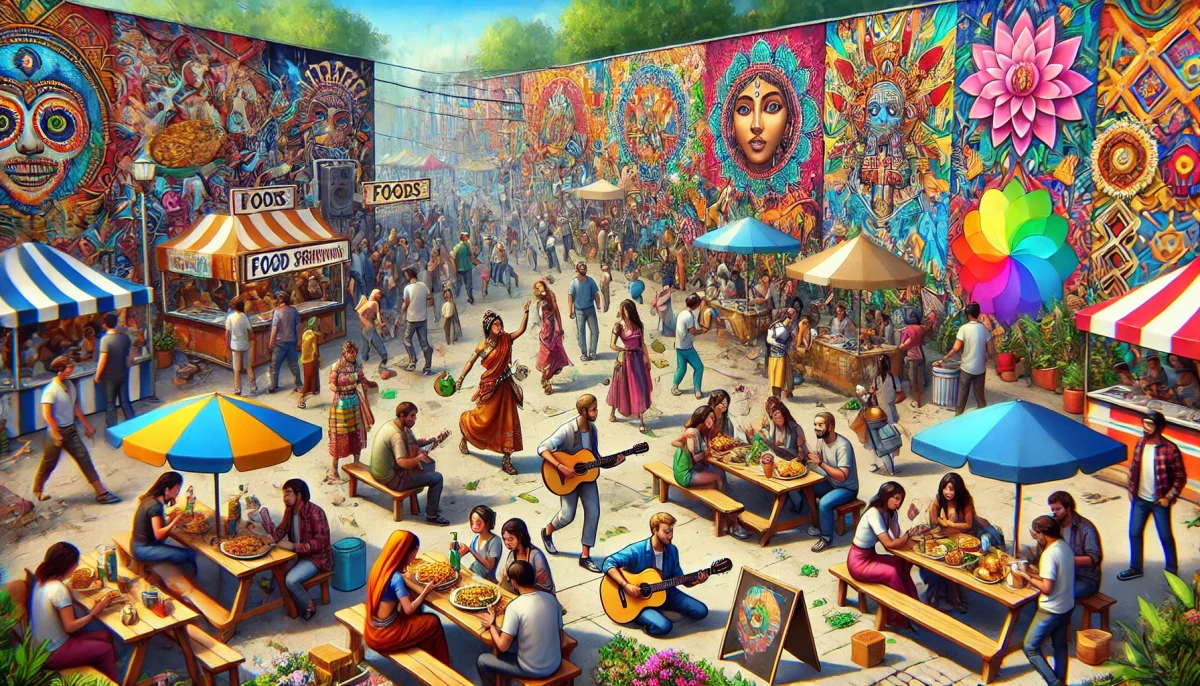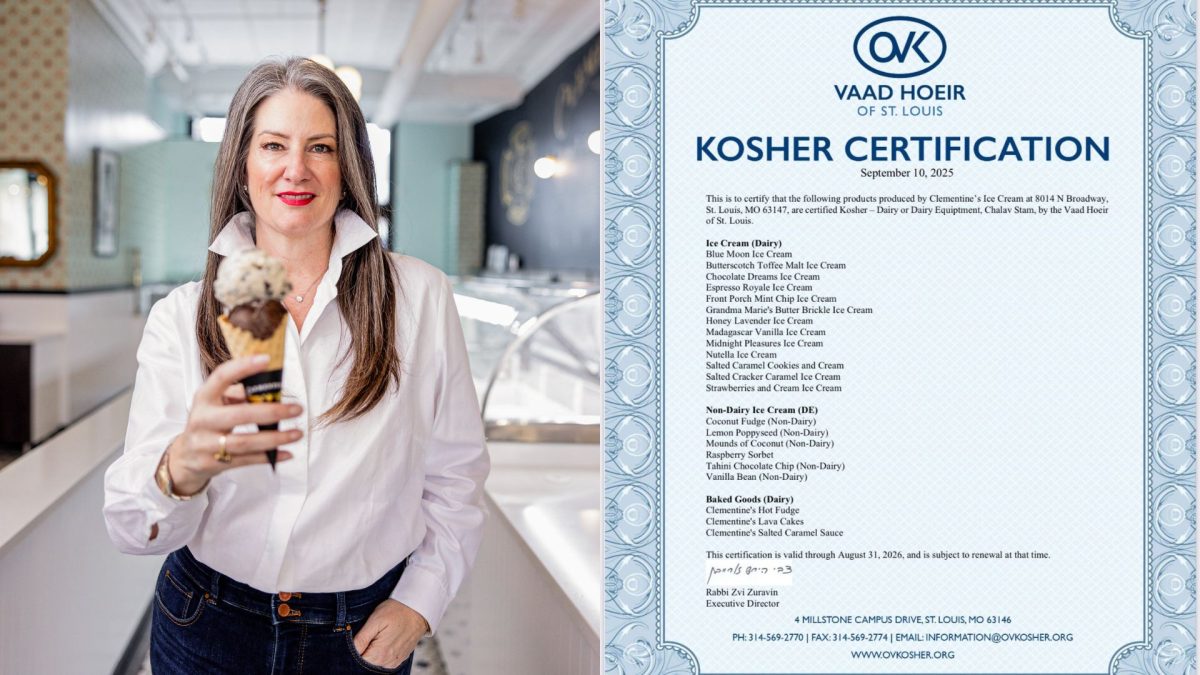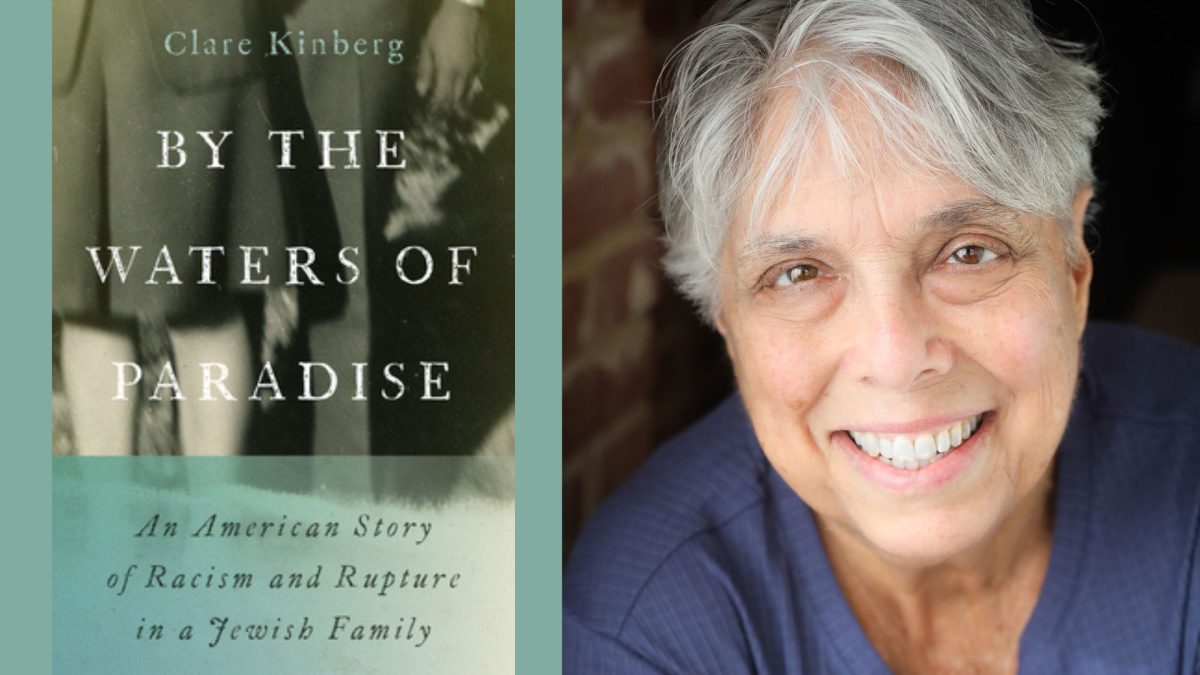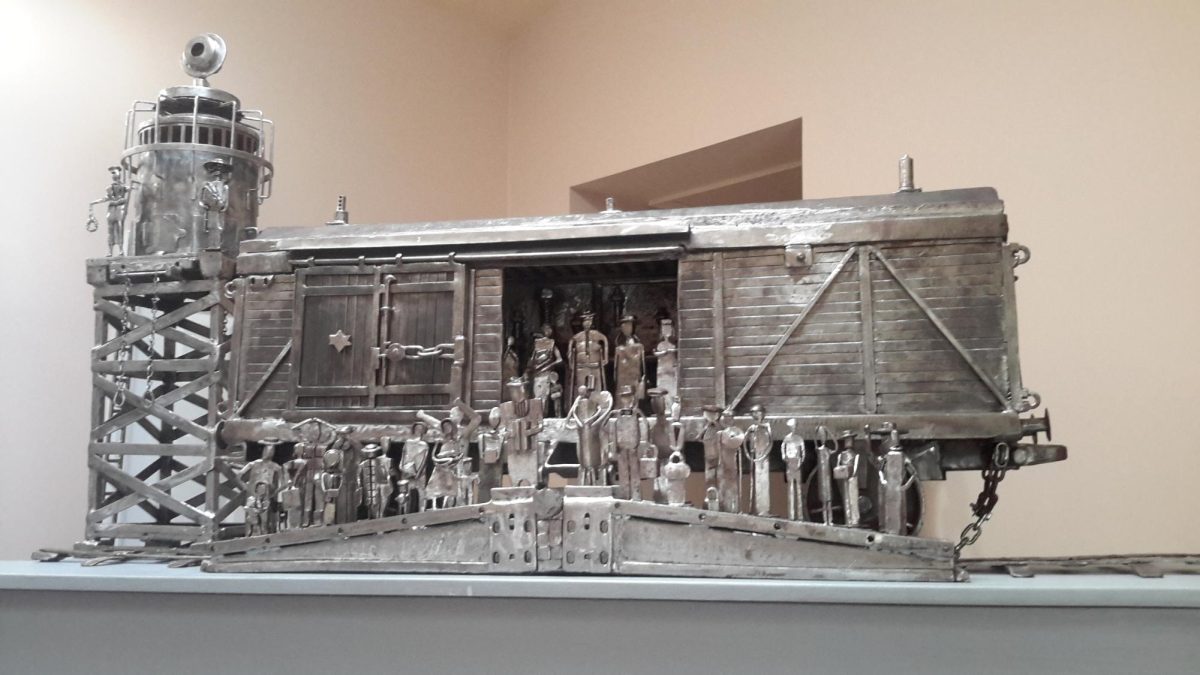The past few cultural events that I have attended as well as the art, music and even food that I have enjoyed lately point out that the world is shrinking and coming together in mostly positive ways.
Some terms often used to describe this phenomenon are cross-culturalism, cultural diversity, ethnic inclusiveness, mosaic multi-culturalism, acculturation, transculturation, cultural diffusion and cultural blending.
Transculturation is a term coined by Cuban anthropologist, Fernando Ortiz in 1940 to describe merging and converging cultures.
ADVERTISEMENT
The first thing that made me think about all of this was hearing a lecture and viewing the artwork of Quinn Antonio Briceno who is the child of a Nicaraguan father and Irish American mother. He was born in St. Louis but traveled as a child to Nicaragua and felt confused in many ways. His art works to bring both cultures together. His paintings reflect the complexities of straddling two cultures and feeling like an outsider in both.
Briceno uses collage, paint and found objects of both cultures such as bean-stained works and works based on colorful Nicaraguan tiles and lottery stubs and stickers that say, “Made in America.”
The next visual art exhibition that I had these same feelings about was at the St. Louis Art Museum. The exhibition entitled, “Art and Imagination in Spanish America, 1500 to 1600.” This exhibition, according to SLAM’s summer magazine, is about “imperial expansion, conquest, colonization and transatlantic slave trade that marked this period of time.”
“Cataclysmic social and geopolitical shifts brought people into closer contact than ever before in real and imagined ways, propelling the creative refashioning that surrounded them,” the article goes on to say. “After the Spanish began colonizing the Americas in the late 15th century in an effort to spread Christianity, artists working there drew from a range of traditions, indigenous, European, Asian and African — reflecting the interconnectedness of the world.”
ADVERTISEMENT
The majority of the works in the exhibition were created in Mexico in the 1700s. Present-day Bolivia, Brazil, Colombia, Ecuador, Guatemala, Paraguay, Peru and Venezuela are all represented by selections of objects. An example of these beautiful blends of culture is an elaborately carved wooden chest from the Philippines, which suggests the impact of Spanish trade routes that crossed the Pacific Ocean. Ships filled with silver sailed from Acapulco to Manila. They returned packed with Asian goods which were then distributed among South America and Spain.
Jazz St. Louis presents several concerts a year where Afro-Cuban music is being performed. This style is another good example of the blending of cultures. The music is vibrant, soul-stirring genre that merges the rhythmic patterns of Cuban music with the improvisational elements of American jazz. It’s a musical tapestry that weaves together the complex beats of African and Cuban percussion instruments with the melodic and harmonic sophistication of jazz. Our own Dizzy Gillespie was a leader who infused bebop with Afro-Cuban rhythms creating a new, energetic sound that resonates with the spirit of dance and celebration. It’s a testament to cultural fusion and the spirit and the universal language of music.
And, of course, the tango is an incredible blend of cultures. It originated in the late 19th century in the suburbs of Buenos Aires and Montevideo, and it’s a product of a melting pot of cultures including European immigrants, African rhythms, local folk music, Spanish-Cuban Habanera and Uruguayan Candombe.
Fusion is often used to describe the food in modern-day restaurants. It’s sort of a hip word, but fusion has been going on in preparing cuisine at restaurants for a very long time. When referring to restaurants, the word “fusion” typically means combining elements from different culinary traditions to create innovative and unique dishes. Fusion restaurants blend ingredients, cooking techniques and flavors from various cultures and geographies, resulting in new, inventive and hybridized culinary experiences.
For example, a fusion restaurant might serve a dish that merges the delicate flavors of Japanese sushi with the bold spices of Mexican cuisine, creating a completely new taste sensation. The key to successful fusion cuisine is a deep understanding of the different food cultures being combined, ensuring that the dishes are complementary and respectful of each tradition.
This combination of people and cultures of the world is a beautiful way of enjoying our lives to the fullest.
















